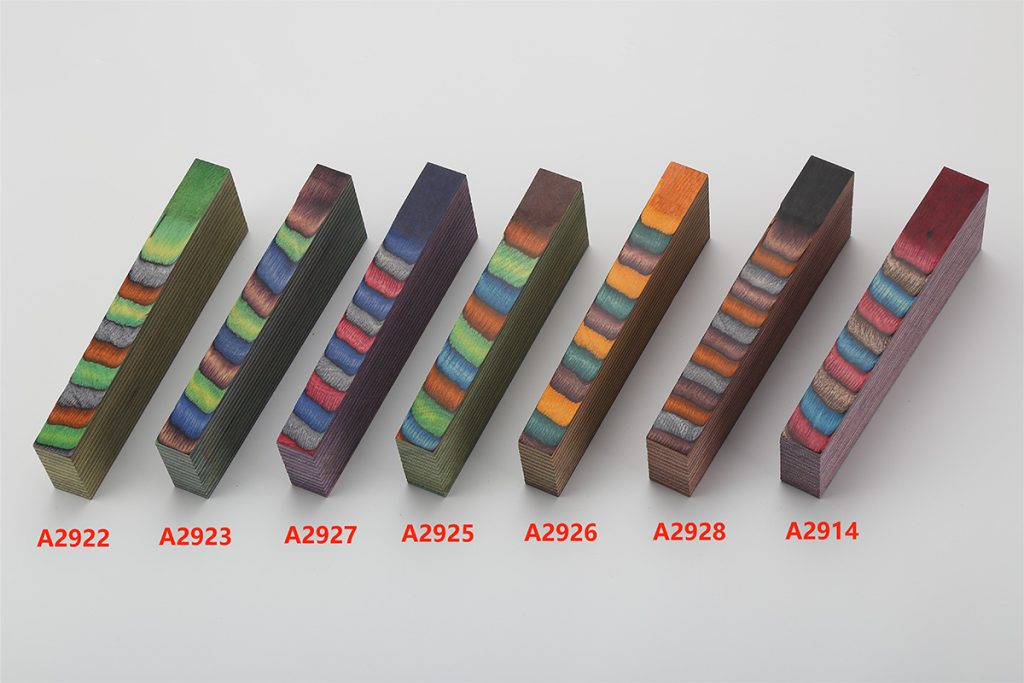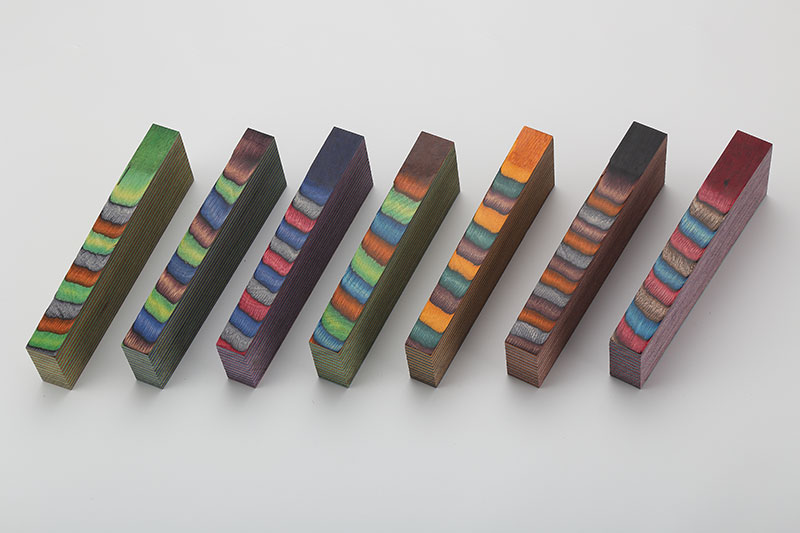Plywood is a versatile material made up of thin layers of wood veneer glued together.
It comes in various grades, core materials, face veneers, glue types, and thicknesses.
In this article, we will explore the important factors to look for when choosing plywood for furniture, and provide some examples to illustrate these points.

Grade
Plywood is graded based on its quality, with higher grades indicating superior characteristics.
In China, plywood is typically graded as BB/CC, BB/BB, or even higher.
BB/CC indicates that one side (the BB side) has a smooth finish suitable for furniture, while the other side (the CC side) may have more visible defects but is still usable for certain applications.
Core Material
The type of wood used for the core layers can impact the strength and stability of the plywood.
Common core materials include poplar, birch, and hardwood.
Poplar is lightweight and affordable, making it a popular choice for furniture that needs to be moved frequently, such as collapsible tables or lightweight chairs.
Birch and hardwood cores offer greater strength and durability, making them suitable for heavier furniture pieces, such as bookcases or other heavy furniture pieces.
Face Veneer
The face veneer is the outermost layer of the plywood that is visible in finished furniture.
It should be smooth, free from defects such as knots, voids, and patches, and have an attractive grain pattern.
In China, popular face veneer options include okoume, birch, and poplar.
For example, if you are making a sleek, modern table, you might choose a plywood with a smooth, consistent grain pattern, such as okoume or birch.
On the other hand, if you are going for a more rustic or natural look, you might choose a plywood with a more pronounced grain pattern, such as poplar.
Glue Type
The type of adhesive used to bond the veneer layers together is crucial for the plywood’s strength and durability.
Plywood is typically manufactured using urea-formaldehyde (UF) glue or phenol-formaldehyde (PF) glue.
PF glue offers superior moisture resistance and is suitable for use in humid environments or outdoor furniture.
If you are making a piece of outdoor furniture that will be exposed to the elements, such as a garden table or bench, you should choose plywood made with PF glue to ensure it withstands moisture and humidity.
Thickness
Plywood is available in various thicknesses, and your choice will depend on the specific requirements of your furniture design.
Common thicknesses for furniture-grade plywood in Chinainclude 3mm, 5mm, 9mm, 12mm, 15mm, and 18mm.
For example, if you are making a lightweight chair with a simple design, you might choose a thinner plywood, such as 3mm or 5mm.
However, if you are making a heavy-duty bookcase that needs to support a lot of weight, you should choose a thicker plywood, such as 18mm, to ensure it is sturdy and durable.
Certifications
Look for plywood that meets international quality standards and certifications, such as CARB (California Air Resources Board) compliance or FSC (Forest Stewardship Council) certification.

These certifications ensure that the plywood meets strict environmental and safety standards.
Price
Consider your budget when choosing plywood for furniture.
While higher-quality plywood may be more expensive, it often offers better durability and performance, resulting in long-term cost savings.
For example, if you are making a piece of furniture that will be used frequently and needs to withstand heavy use, it may be worth investing in a higher-quality plywood to ensure it lasts longer and performs better over time.


